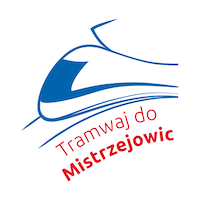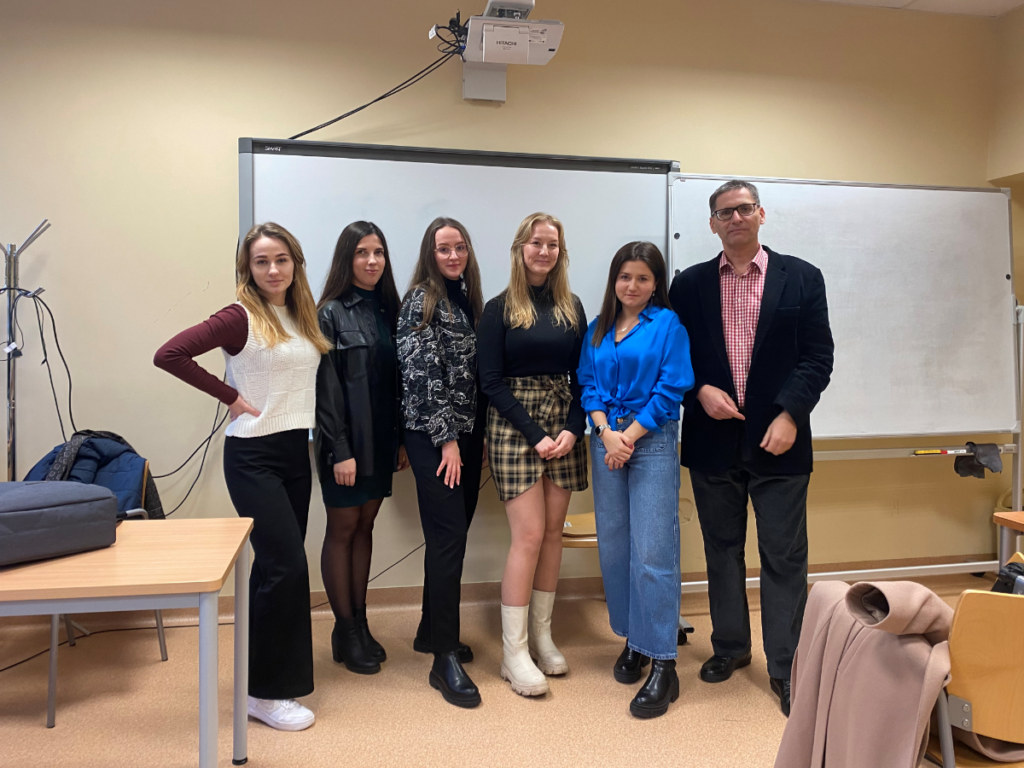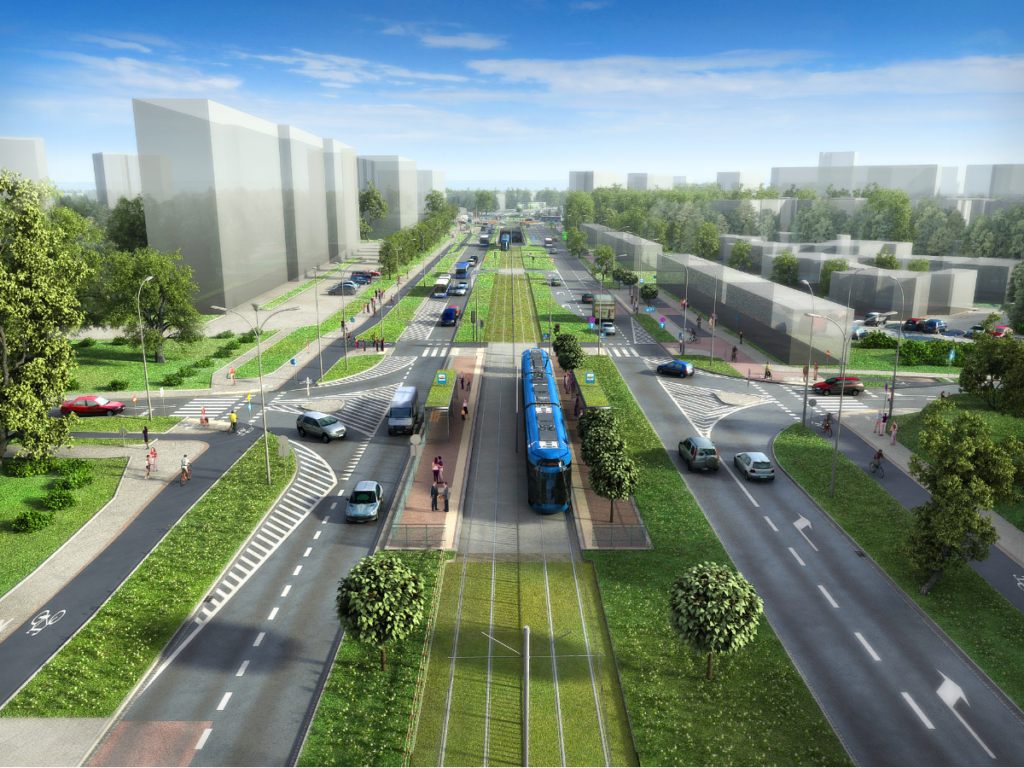How to estimate construction time? How to coordinate all tasks, taking into account weather conditions, the availability of subcontractors or the need to work under ‘live traffic’? We cover this on our latest story on time management at the construction site.
Recently, we wrote about how an investment implementation schedule is developed. One of its elements is the performance of construction works themselves, which also requires proper planning. It is extremely important that during their performance the general contractor does not skip any task and performs each at the right moment. This is why a separate construction site schedule is established.
A planning specialist asked about where it all starts, will surely answer: ‘from the assumptions’. The most important assumptions for any construction site are the so-called milestones: key dates in the life of a project, e.g. the date of launching and completing works. Once these are defined, you can start the four-stage process of developing a construction schedule.
Stage I – introducing tasks
The construction of a tram route is not limited to laying tracks and building an overhead power supply. A series of tasks is involved some of which – at first glance – may seem unrelated to the main purpose of the construction, like removing the old asphalt or laying a new gas pipe. The schedule must cover everything that is necessary to deliver the infrastructure in accordance with the assumptions and the order on time.
The same tasks at different stages of construction may appear in the schedule as general entries or items described in detail. – While on a very fresh construction site we break down tasks such as methods of ground strengthening, and we only mention finishing works, on a mature construction site we focus on painting walls at underground stops or driving in road barriers next to freshly laid asphalt – says Wiktor Walicki, a planning specialist with Gülermak, the company building the Tramway to Mistrzejowice.
Determining the sequence and degree of detail at the individual stages of construction is not enough to complete the works within the deadlines. It is still necessary to determine their duration, link them together and optimize them.
Stage II – Specifying the duration of individual tasks
How long will specific works take? This can be estimated using one of three methods. If the general contractor has completed works in similar conditions, it can rely on performance data from other construction sites. A good example would be the construction of diaphragm walls: knowing the surface of these walls to be dug per day, it can estimate the number of days required to complete a certain range on a construction site. However, this method can only be used for large jobs; it is not suitable for small ones.
A manager of works in a given discipline (e.g. grid) can also be helpful in estimating the duration of less repetitive tasks. Having information about the parameters of a task, he/she uses his/her own experience and calculates the projected period to complete the task. Laying a new gas pipe would be a good example. The duration here would depend on its depth, diameter, length of the section and obstacles to be dealt with.
Finally, if the general contractor hires a subcontractor for some tasks, the latter may provide estimates made on the basis of its practices. An example here would be the sowing of lawns or the installation of catenary poles for the trams.
Stage III – linking the tasks set
Although the order in which individual works are performed is important, it does not mean that they are always made one after the other on a construction site. Sometimes they can be handled simultaneously, other times coordinated so that they end at the same time. Other times, you can foresee an appropriate timing between the end of one task and the start of another.
– Imagine you have to excavate and make a fill next to each other. In this case, it seems logical to do both at the same time – you simply transfer the earth. On the other hand, if you pour a concrete slab, once it is completed you have to wait a few weeks for the concrete to dry in order to be able to put waterproofing on it – says Wiktor Walicki.
The planning specialist must therefore link the tasks in the so-called bundle. Often times, this is done taking into account various external factors, e.g. the need to keep roads passable, the supplies of construction materials, availability of subcontractors or the season (you wouldn’t plant trees in winter, would you?).
Stage IV – optimization
Even after all these efforts, it may turn out that you are still unable to reach the milestones in the intended time. You then take another look at the schedule. There must be some opportunities left to optimize it – e.g. by increasing staffing and thus efficiency, launching certain tasks earlier or performing them simultaneously with others.




